Nestled in the majestic Truong Son mountain range, Hin Nam No National Park (Laos) is not only a paradise of rare biodiversity, but also a place to preserve the sacred bond between humans and nature. In the photo: Black langur. (Source: Hin Nam No National Park) |
According to information from the Ministry of Culture, Sports and Tourism, on July 13, at the 47th Session of the World Heritage Committee held in Paris (France), UNESCO officially approved the decision to adjust the boundary of the World Natural Heritage Phong Nha - Ke Bang National Park ( Quang Binh , Vietnam) to include Hin Nam No National Park (Khammouane, Laos). |
The names of the first transboundary heritage sites between the two countries are “Phong Nha-Ke Bang National Park and Hin Nam No National Park”. This landmark decision not only enhances the global value of the Truong Son mountain range, but also opens up opportunities for international cooperation in conservation and sustainable ecotourism development. (Source: Xinhua) |
Located in Khammouane Province, Central Laos, Hin Nam No covers an area of over 94,000 hectares, directly adjacent to Vietnam's Phong Nha - Ke Bang National Park. The two reserves form the world's largest continuous limestone forest, part of the majestic Truong Son mountain range. (Source: Xinhua) |
Hin Nam No National Park is not only a paradise of rare biodiversity, but also a place to preserve the sacred bond between humans and nature. From primeval forests, majestic cave systems to unique indigenous cultures, all blend together to create a fascinating overall picture for anyone who loves to explore. (Source: GIZ ProFEB) |
The name “Hin Nam No” means “peaks as sharp as bamboo shoots” – an accurate description of the rugged terrain, with vertical limestone mountains, up to 300 meters high, interspersed with remote valleys, creating an isolated habitat - where many species of organisms have evolved independently over millions of years. (Source: Hin Nam No National Park) |
Not only is it famous for its amazing natural landscape, it is also one of the areas with the highest conservation value in the world. Located in the “Indo-Burma biodiversity hotspot”, Hin Nam No is home to more than 1,500 plant species and 536 vertebrate species, including many endemic and globally endangered species such as the pygmy loris, Bengal loris, red-shanked douc langur and Sunda pangolin. In the photo: Bengal slow loris. (Source: Hin Nam No National Park) |
If we had to pick one highlight in Hin Nam No, it would definitely be Khoun Xe Cave – the local name for Xe Bang Fai Cave. The Xe Bang Fai underground river has carved out limestone over millions of years, creating the largest active underground river cave system ever recorded, measuring 6.4 km long, averaging 76 m wide and up to 120 m high. (Source: GIZ ProFEB) |
Inside the cave is a world of curtain-like stalactites, a 61m-long terraced lake, and countless unique geological structures. Outside the cave is a 200m-wide lake, preserved by locals as a fish breeding ground, playing an important role in local livelihoods. (Source: GIZ ProFEB) |
With a forest cover of up to 94%, Hin Nam No has three main forest types: evergreen forest on limestone slopes, high-altitude forest on sandstone and limestone forest on mountain tops. Each forest type is a world of its own with unique flora and fauna. (Source: GIZ ProFEB) |
The cave ecosystem is also very special with fish, giant spiders, ring-nosed bats, scorpions and other endemic species. Bat guano is the main source of nutrients for the closed food chain inside the cave. In addition, folk legends say that this place has a guardian spirit, who used to help repair musical instruments, lend ceremonial clothes, and is respectfully worshiped by the people every year. In the photo: Ring-nosed bats. (Source: GIZ ProFEB) |
More than 1,500 vascular plant species have been recorded, including many endemic and newly discovered species such as Caper Hin Nam No, Begonia Khammouane or Hoya aphylla. About 280 plant species are used by communities as medicine, but only 18% are cultivated, the majority are collected from the wild – posing an urgent conservation need. (Source: GIZ ProFEB) |
One of the most important biological regions in Southeast Asia, Hin Nam No is home to more than 800 vertebrate species. Primates are a prominent group with at least 10 species, including the red-shanked douc langur, southern white-cheeked gibbon, pygmy slow loris and five rare species of long-tailed macaque. Pictured: Red-shanked douc langur mother and child. (Source: Hin Nam No National Park) |
Camera traps have recorded many rare deer species, carnivores such as wild cats, yellow-necked martens, bears and otters. In addition, there are up to 41 species of bats living in the cave system – playing an important role in the ecological balance. Hin Nam No also has over 90 species of reptiles and amphibians, including the Lao Knobby salamander – one of only two salamander species in Laos. In the photo: Lao Knobby salamander. (Source: GIZ ProFEB) |
In addition to its natural value, Hin Nam No is home to indigenous communities such as Phoutai, Makong, Tri, Ruc, Arem, Salang… who have been attached to the forest for centuries. They possess rich indigenous knowledge of hunting, gathering, traditional medicine and traditional rituals. (Source: GIZ ProFEB) |
The Salang people, who once lived deep in the forest, have rare techniques for finding water, making wine from palm leaves and using more than 200 medicinal plants. Preserving this knowledge is of great significance in the context of climate change and resource degradation. Pictured: Salang women. (Source: GIZ ProFEB) |
With its endemic ecosystem, unique biological values and long-standing indigenous culture, Hin Nam No is not only a treasure of Laos but also a common asset of humanity. Becoming part of the transboundary World Natural Heritage with Vietnam is an important turning point, opening up potential for cooperation in conservation and sustainable development. In the photo: Palm civet. (Source: Hin Nam No National Park) |
The management of cross-border heritage has been agreed upon by the two countries for many years, with coordinated patrolling, law enforcement and forest protection activities. The Lao Minister of Culture expressed pride and commitment to close cooperation with Vietnam. In the photo: A camera trap captures a photo of a leopard cat. (Source: GIZ ProFEB) |
Associate Professor, Dr. Le Thi Thu Hien, Director of the Department of Cultural Heritage, affirmed that this success is the result of the direction from the Government and effective inter-sectoral and international coordination. In the coming time, Vietnam and Laos will continue to build a common legal framework, assess tourism capacity and implement measures to protect heritage from threats. (Source: Hin Nam No National Park) |
Source: https://baoquocte.vn/kham-pha-vuon-quoc-gia-hin-nam-no-di-san-lien-bien-gioi-dau-tien-cua-lao-320994.html


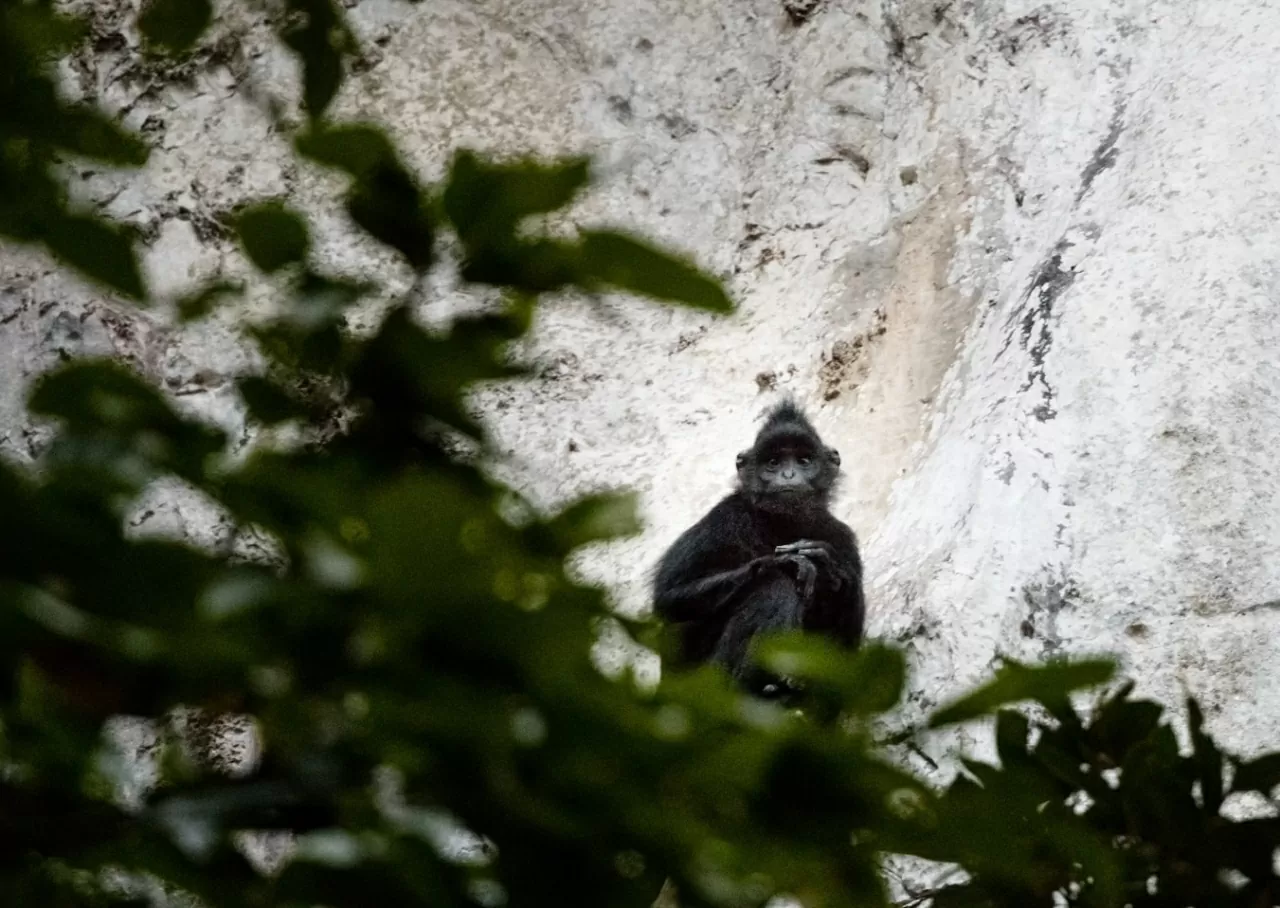
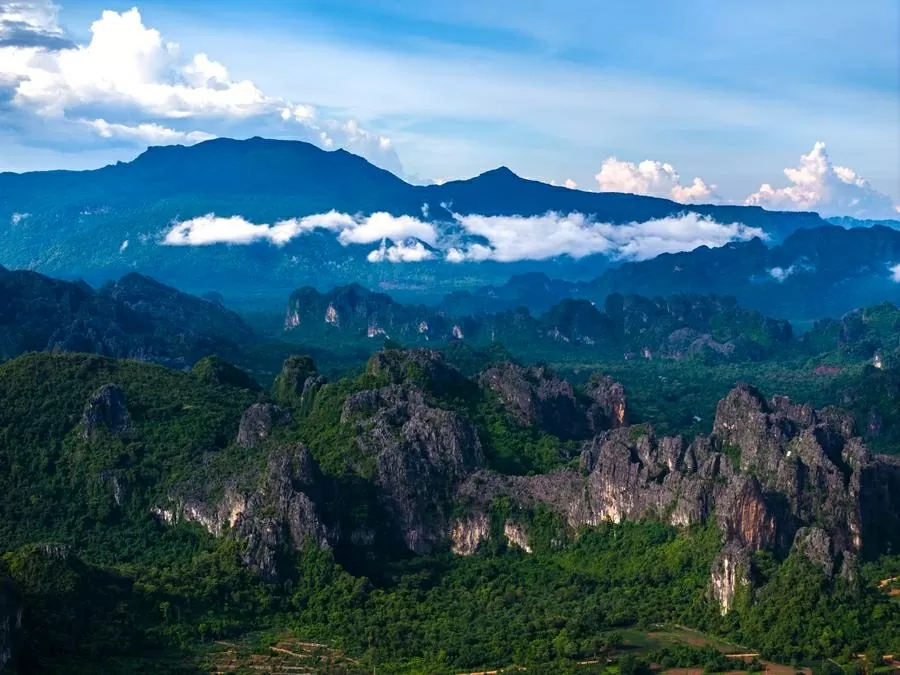
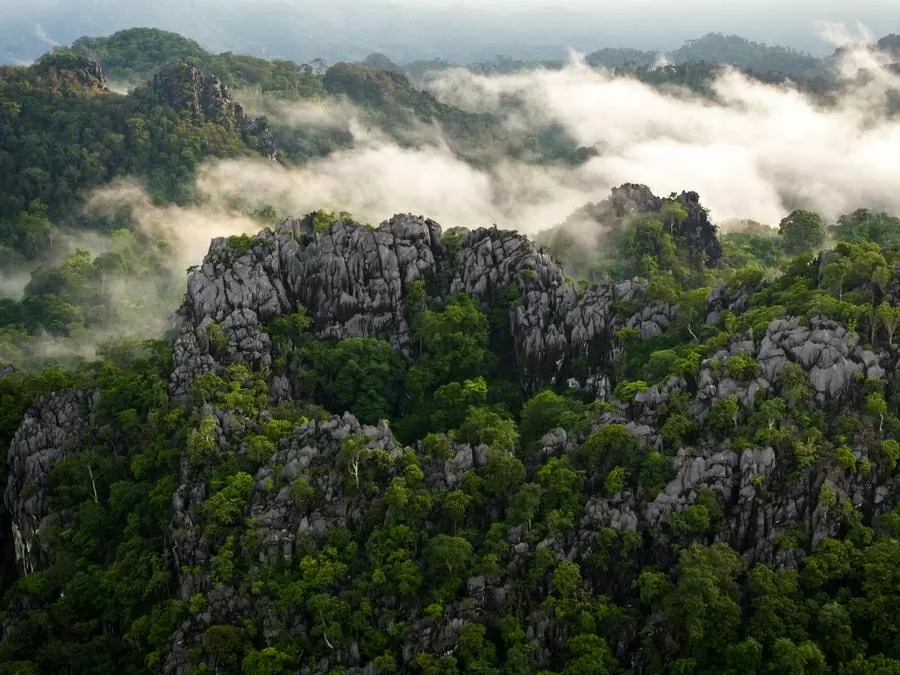
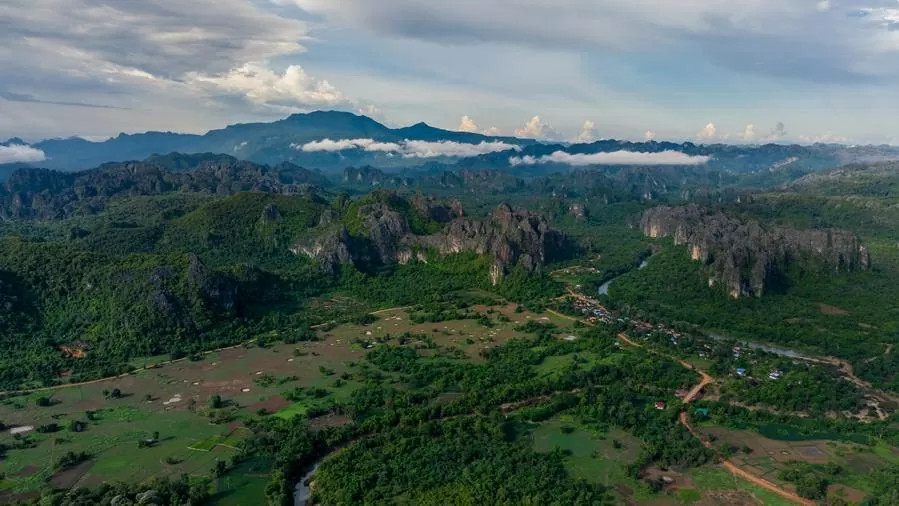
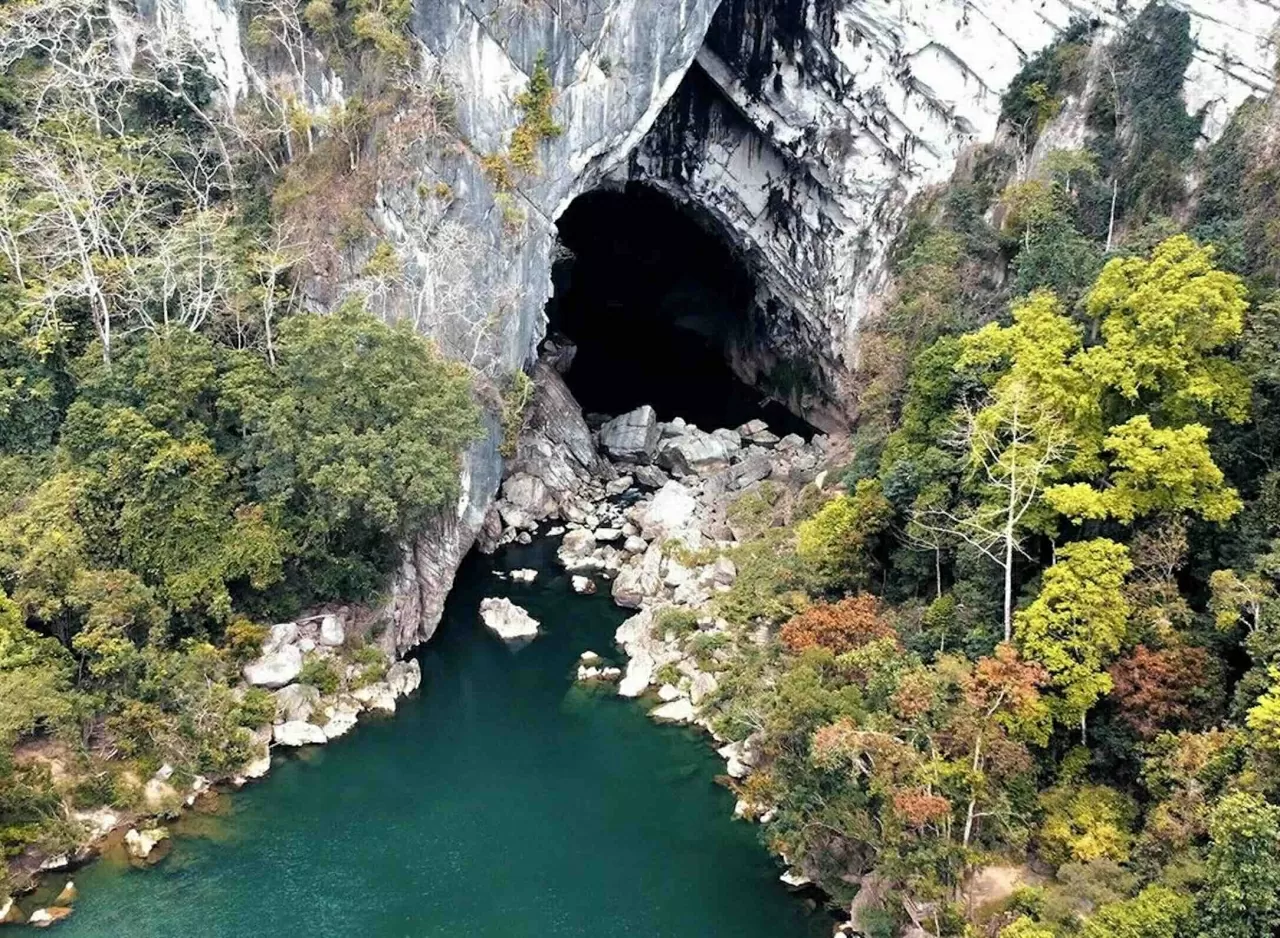
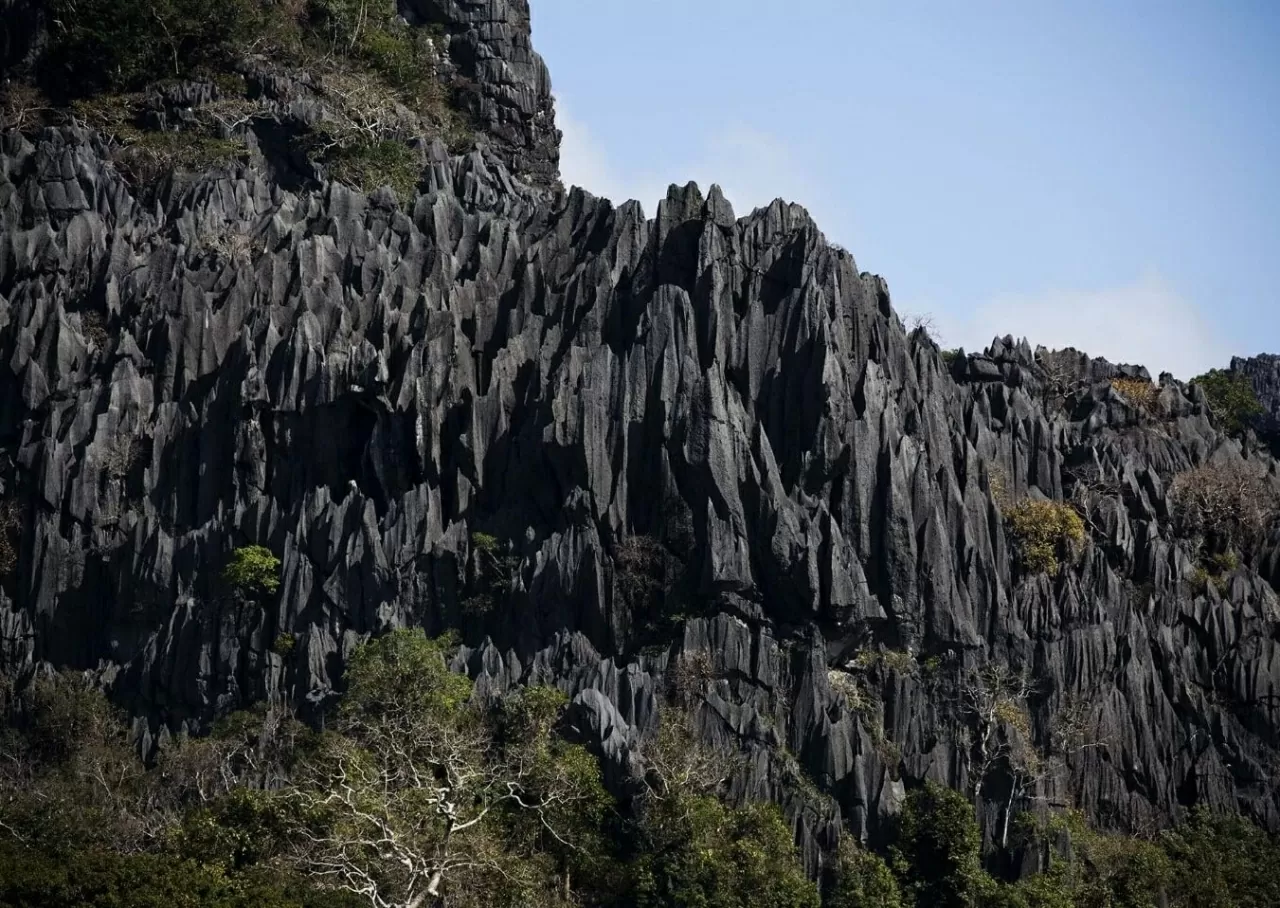
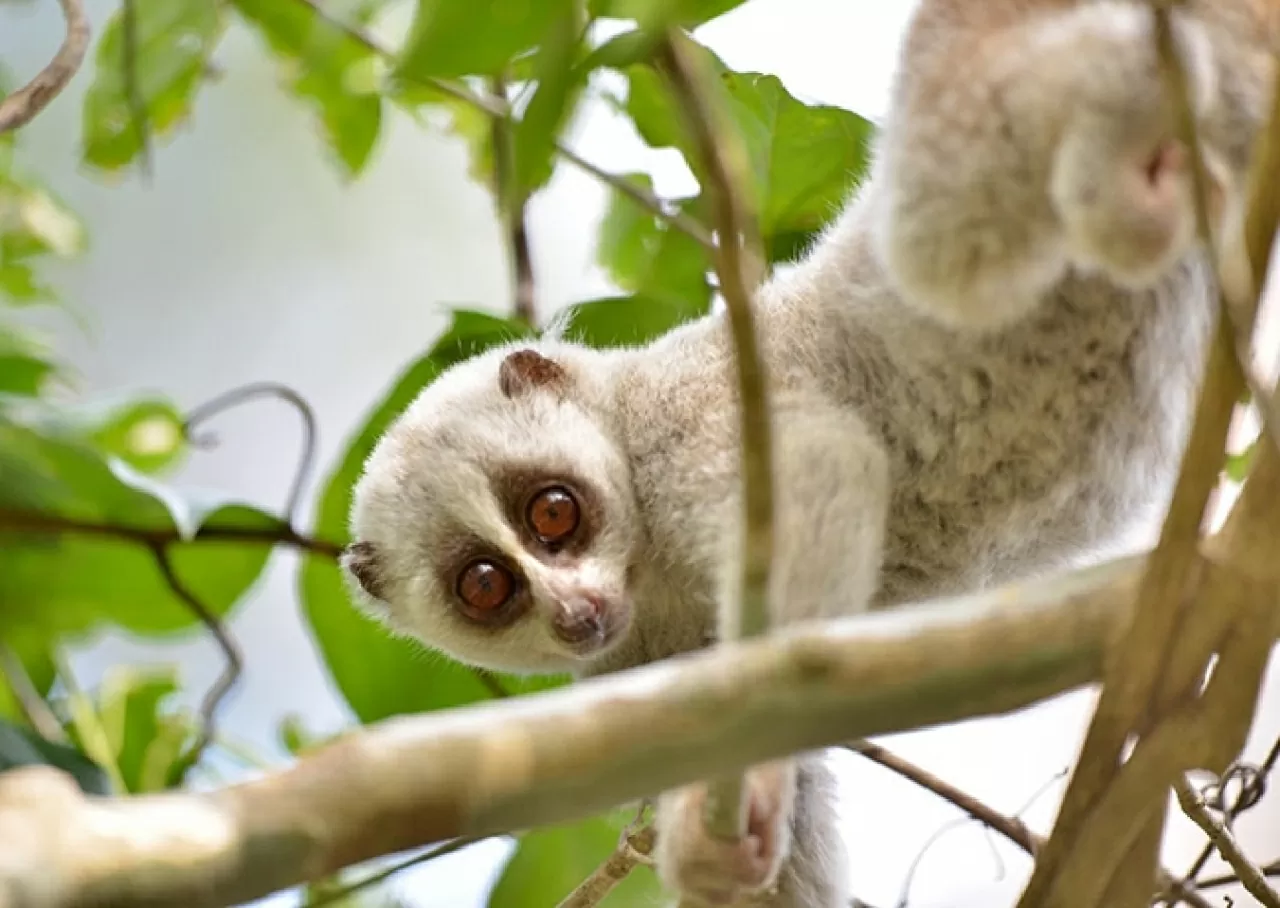
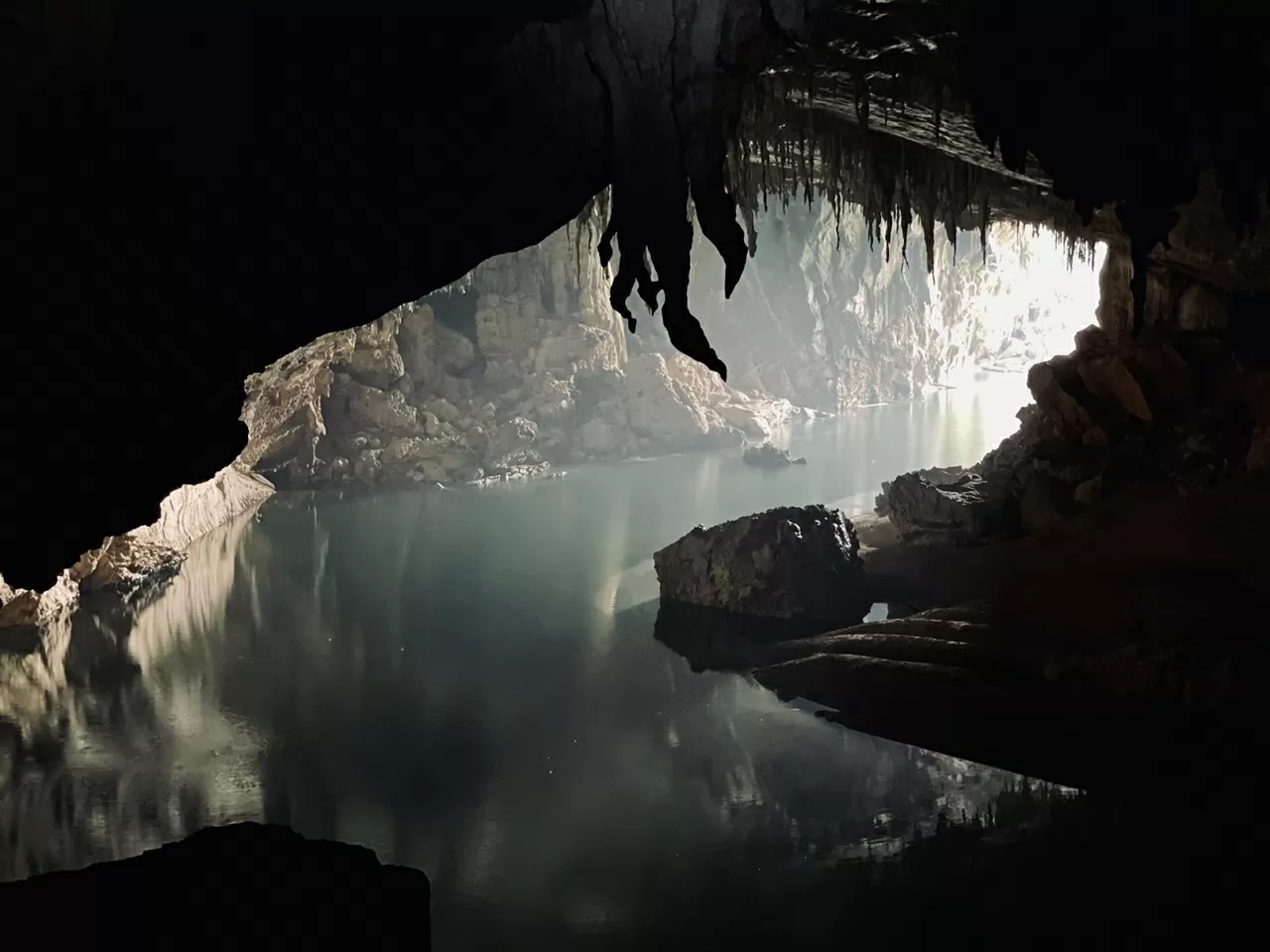
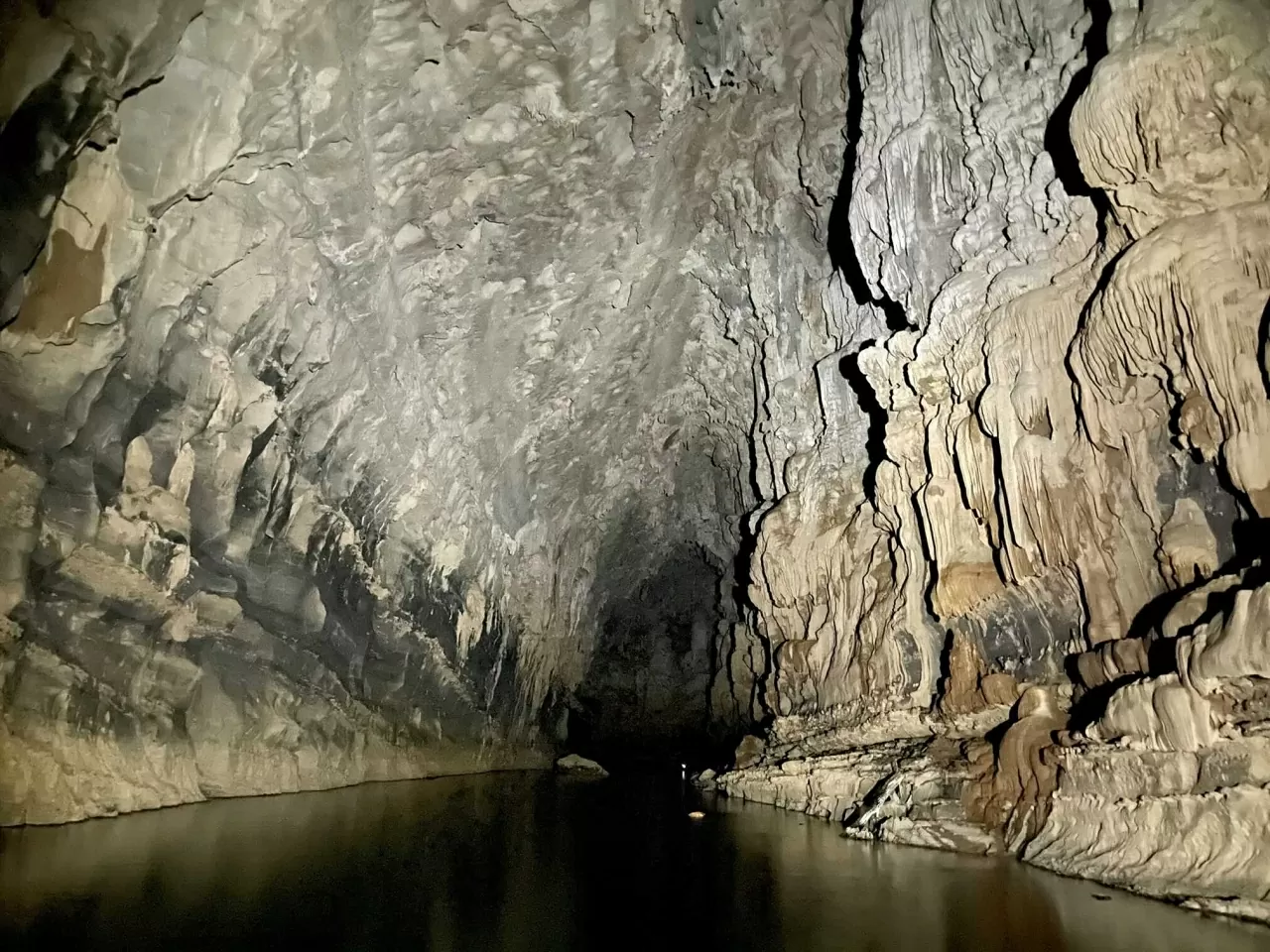
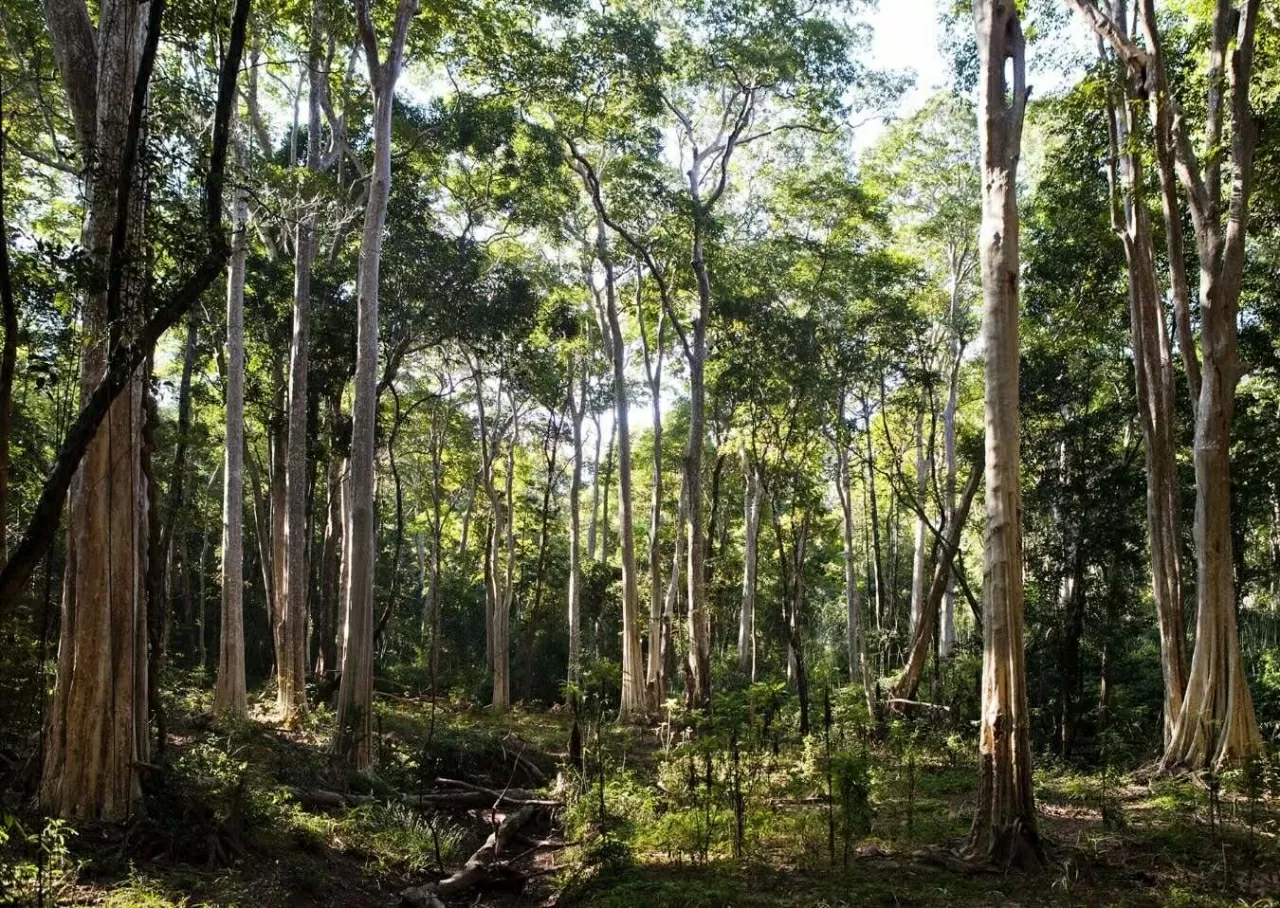
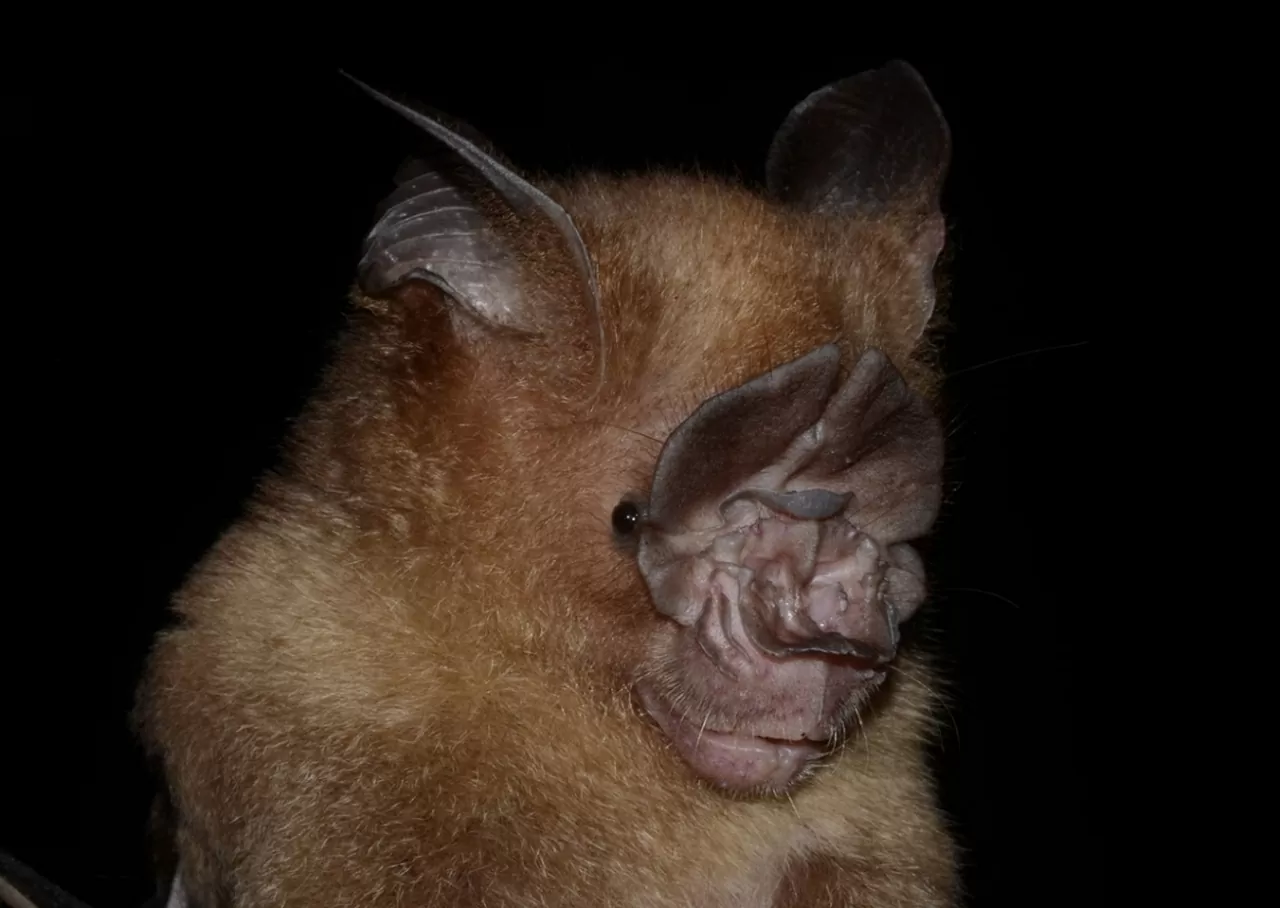
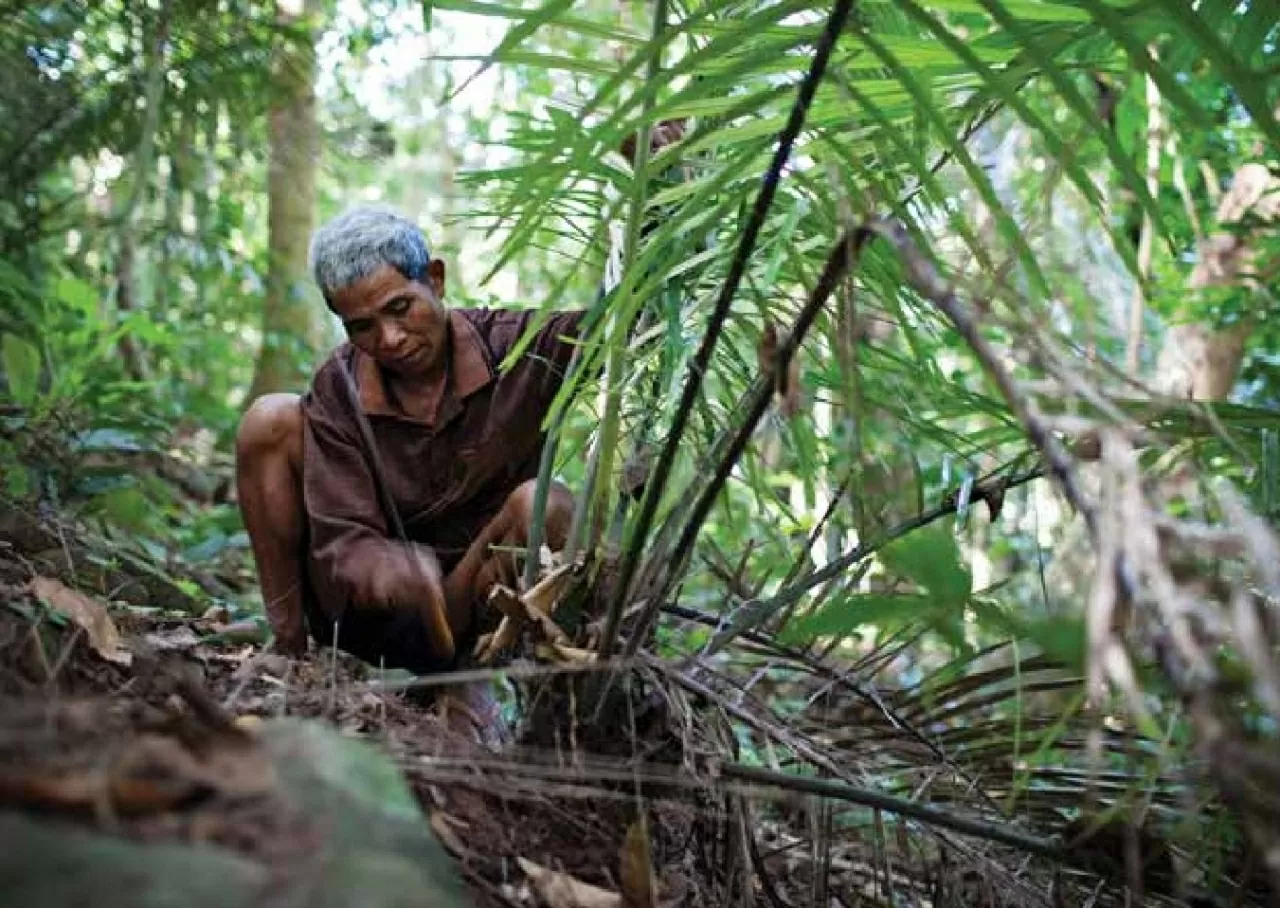

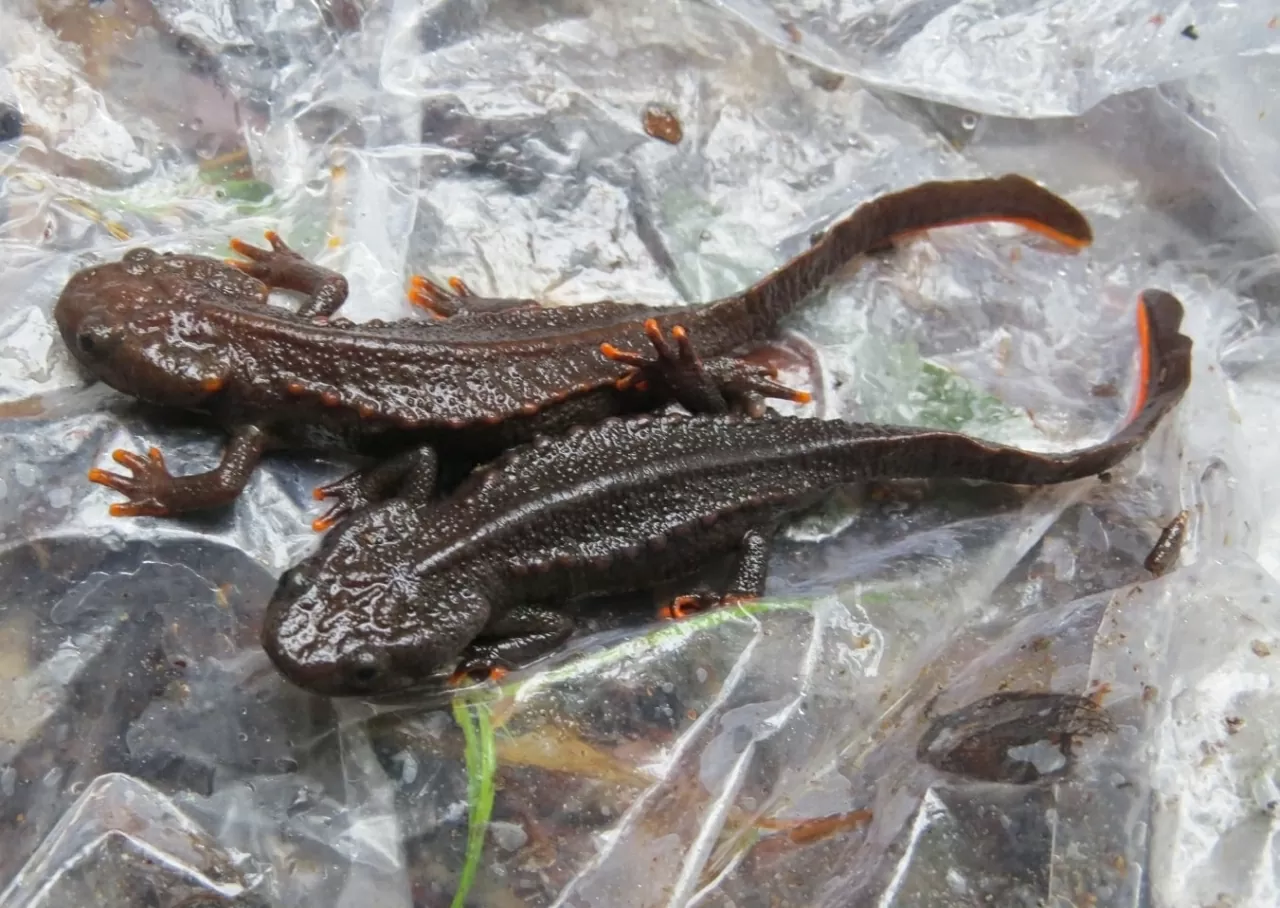
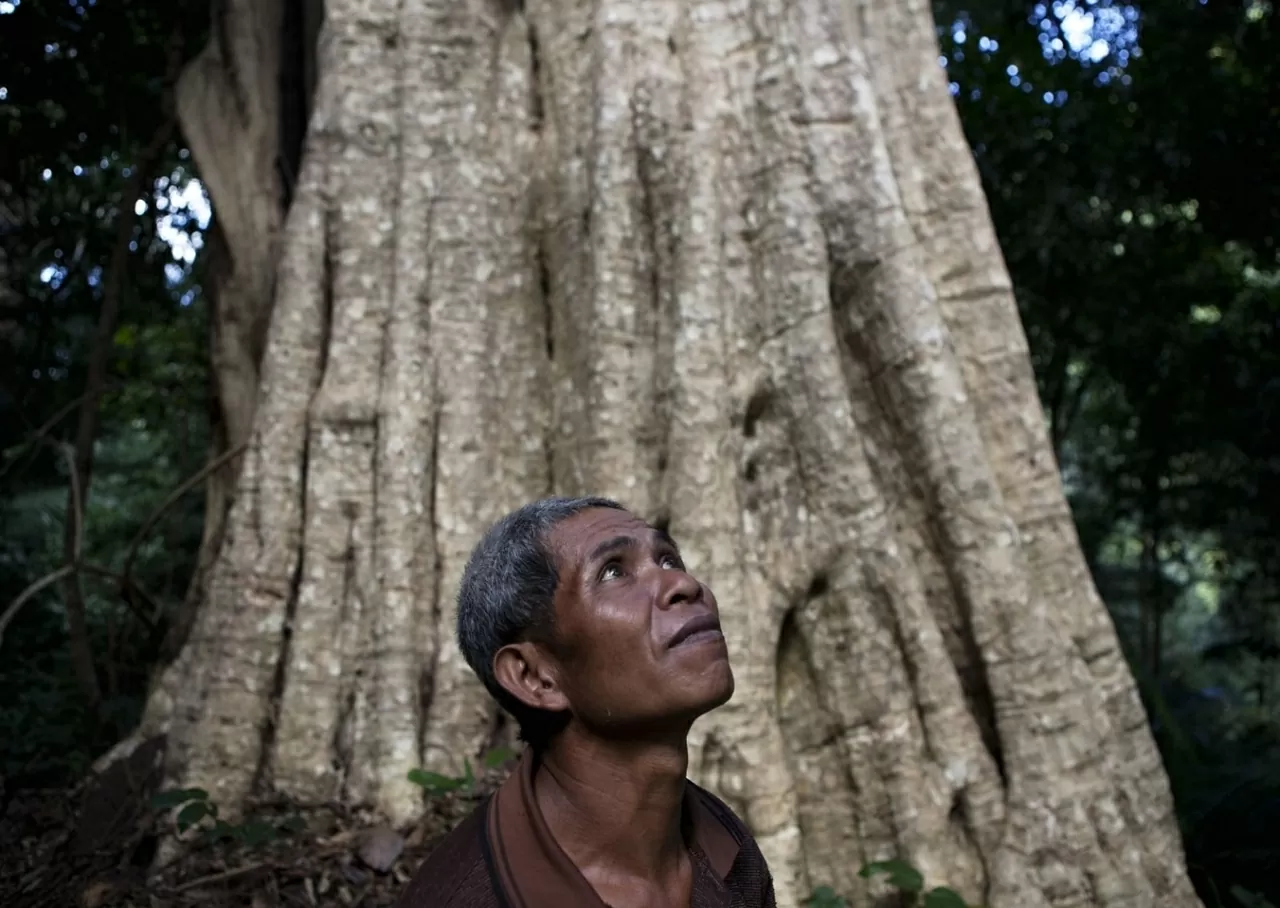
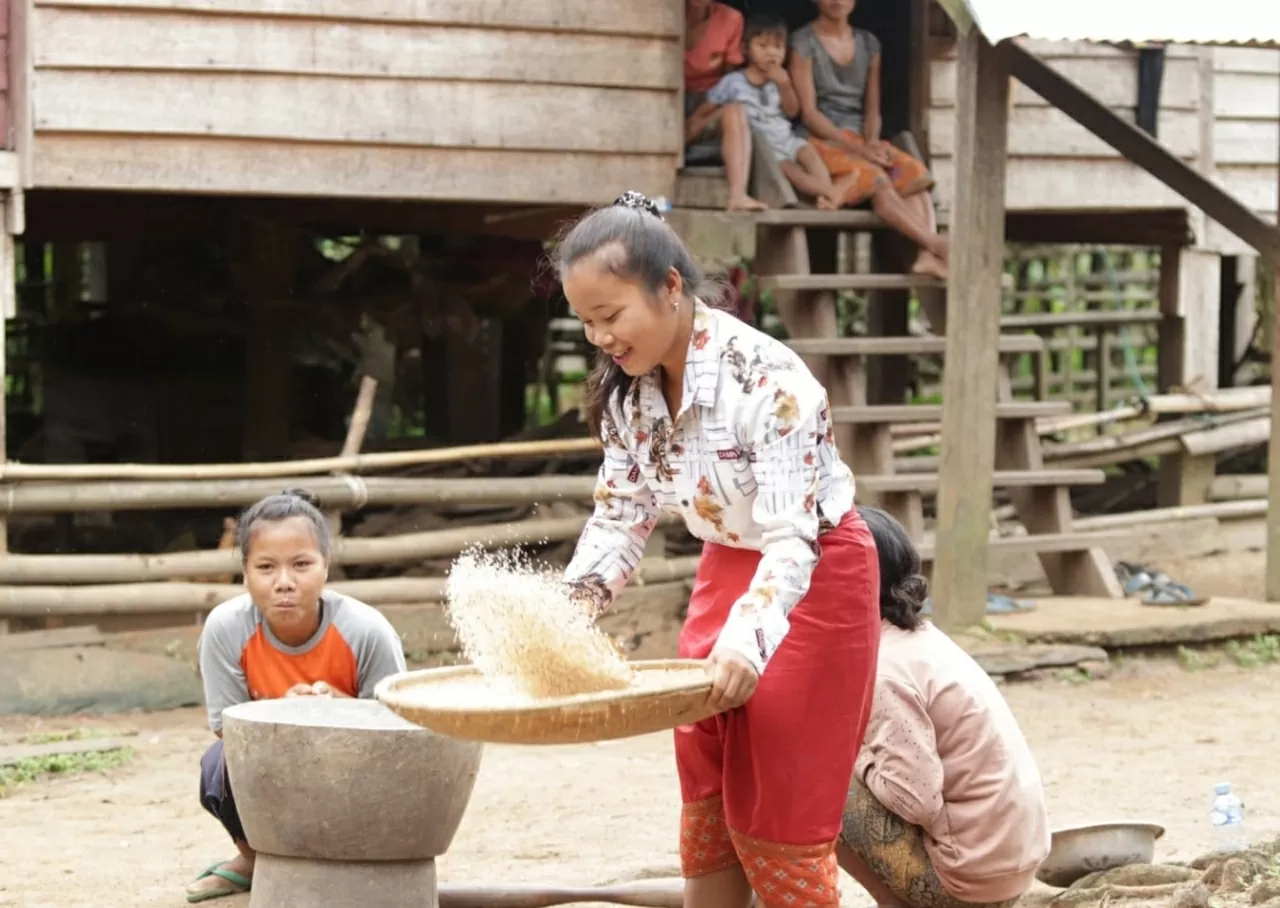
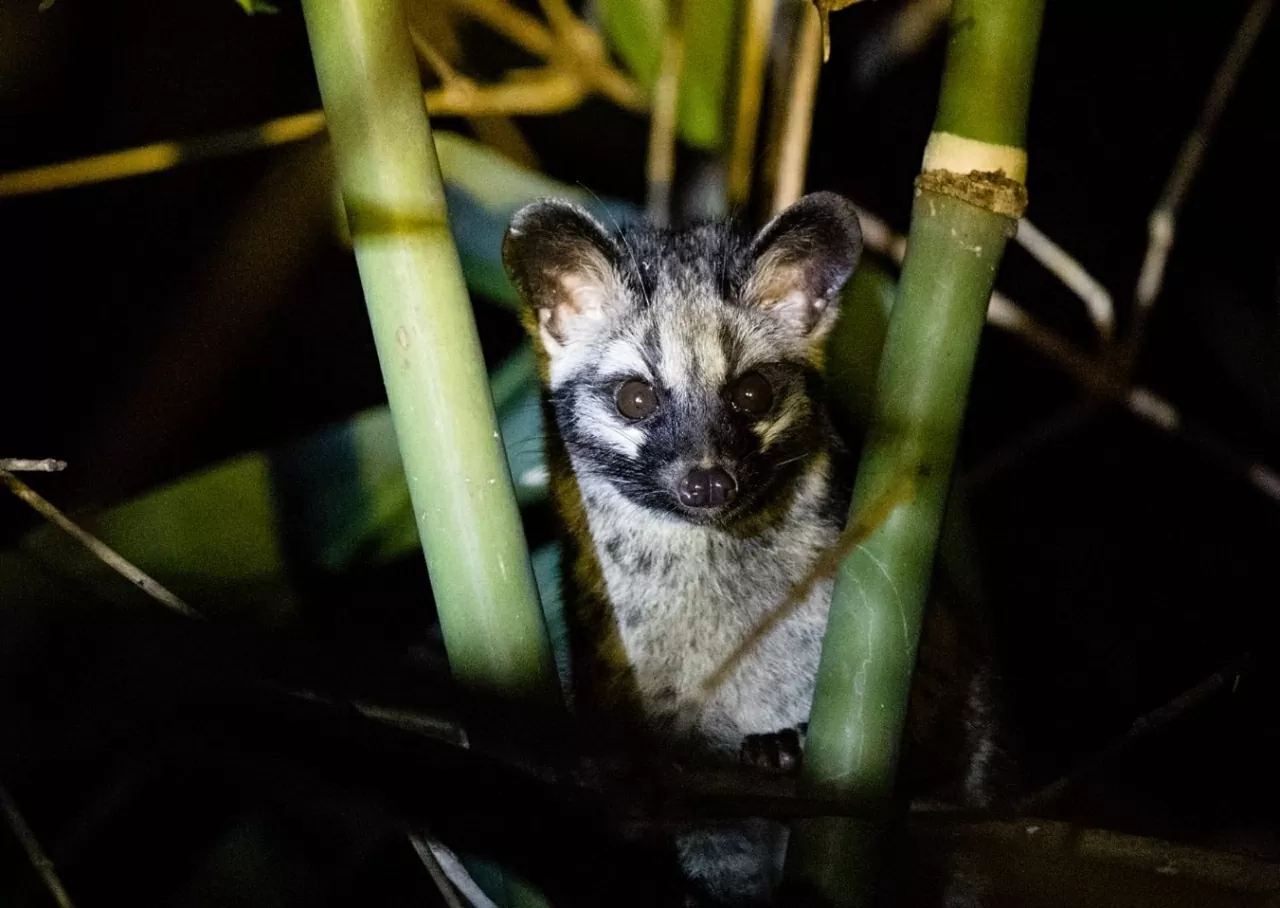
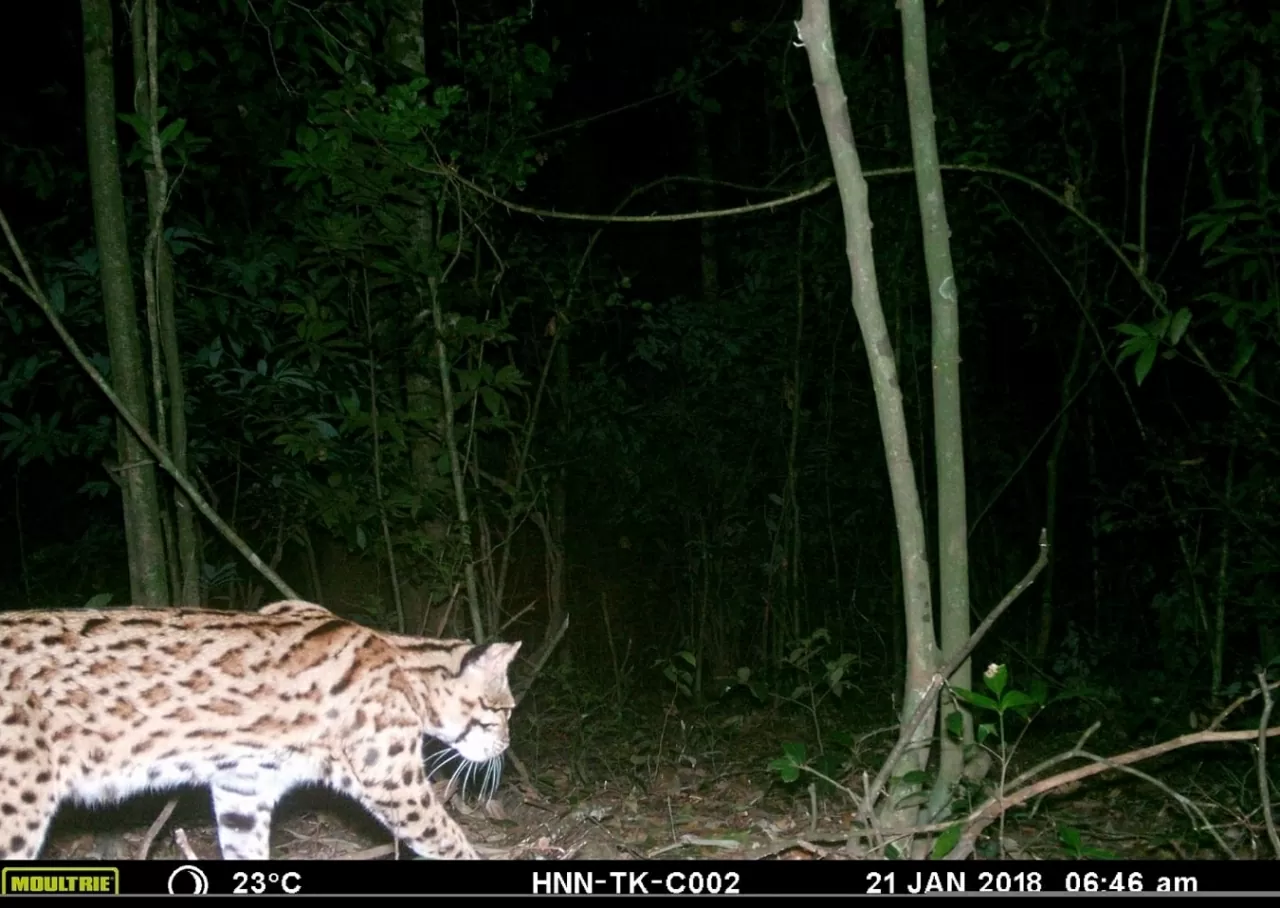
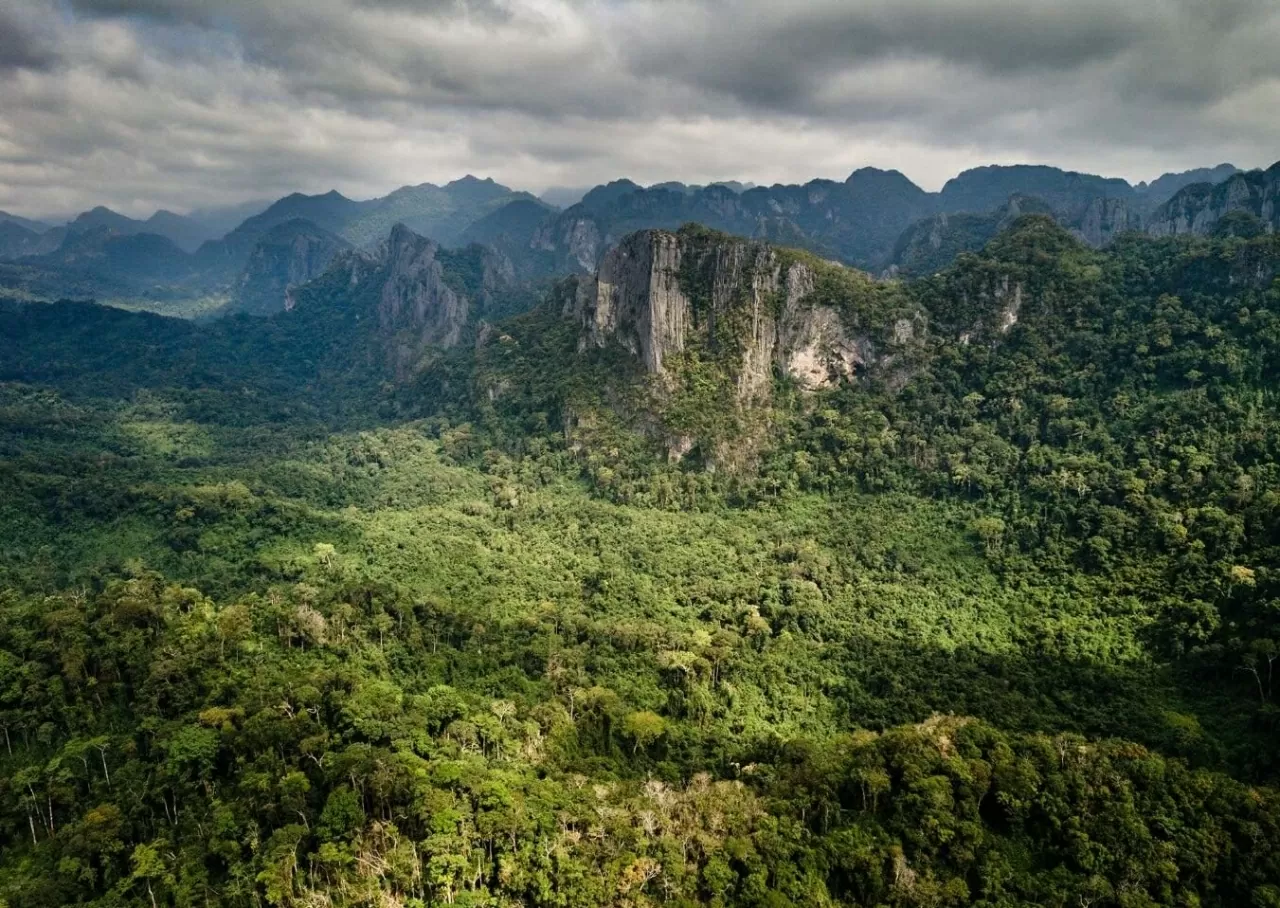





















![[Photo] National Assembly Chairman attends the seminar "Building and operating an international financial center and recommendations for Vietnam"](https://vphoto.vietnam.vn/thumb/1200x675/vietnam/resource/IMAGE/2025/7/28/76393436936e457db31ec84433289f72)










































































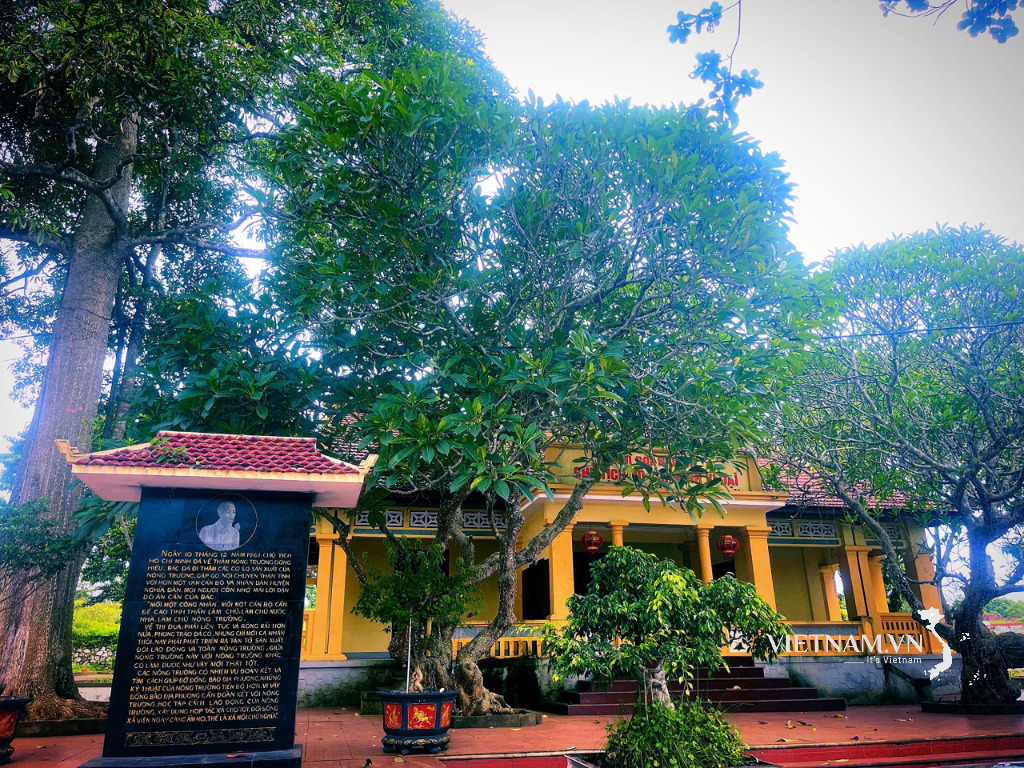


Comment (0)